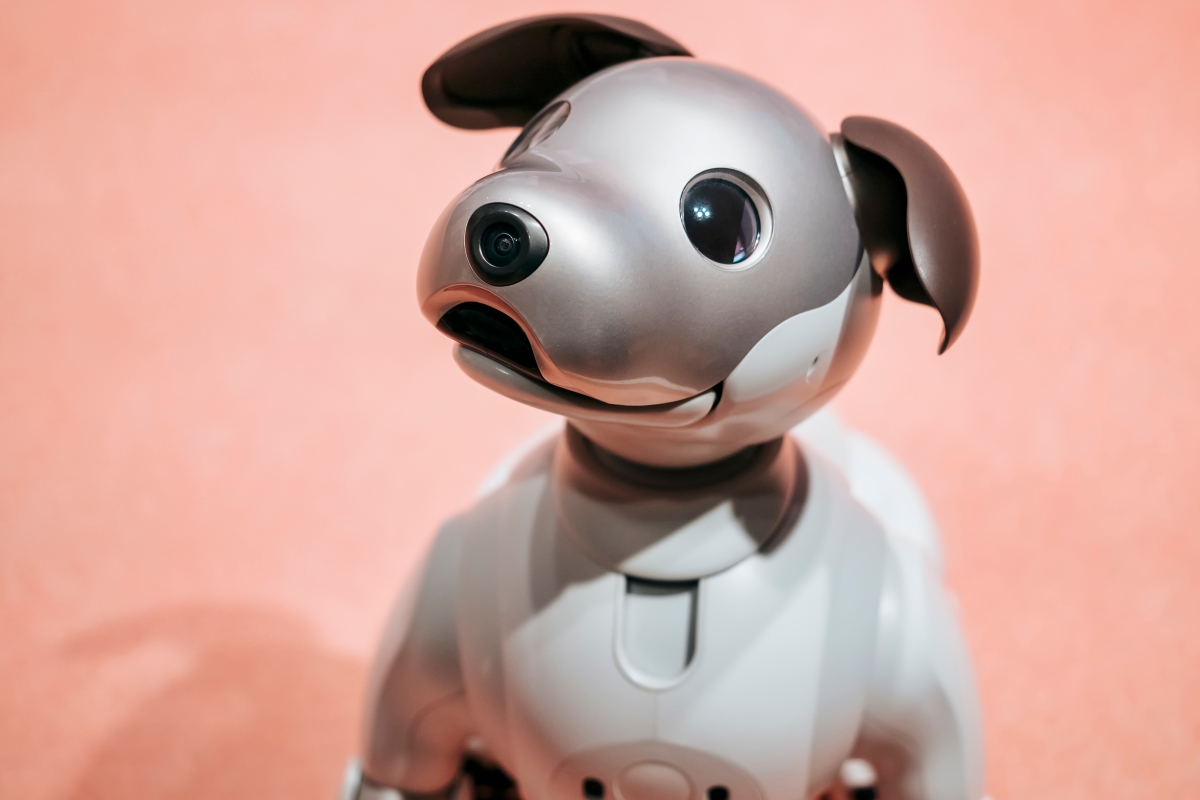Dogs are considered man’s best friend. So, what better way to provide support and companionship to astronauts than to provide them with a four-legged friend.
Enter Laika, a life-like AI-powered robotic dog concept, that has been designed to address the loneliness faced by astronauts during long space missions.
Designed by Jihee Kim, Laika, named after the first dog in space, is equipped with an array of sophisticated sensors and can perform health monitoring, detect emotions, and assist in emergencies. Its sensors include thermal imaging, depth and slam cameras, ultrasonic sensors, and ECG monitors. Future enhancements include mixed reality glasses, offering real-time insights into Laika’s activities and state.
3_sub_5_Laika.mp4 from hid2023 on Vimeo.
Significantly, Laika’s friendly appearance and expressive movements are intended to evoke a sense of loyalty and love akin to that of a real-life pet. While primarily designed for space explorations, Laika’s friendly and practical design also allows its integration into domestic contexts. Its stretchable handle and robust build make it suitable for earthbound activities such as walking and jogging.
Laika is still a conceptual idea, but its advanced design and capabilities could be beneficial on long space missions such as NASA’s Artemis program and the Moon to Mars projects, which are scheduled to take place between 2025 and 2030.
The journey to Mars alone takes around six to eight months. Depending on the alignment of Earth and Mars, which happens approximately every 26 months, the total mission duration, including the stay on Mars and the return trip, could be anywhere between one and a half to three years.


